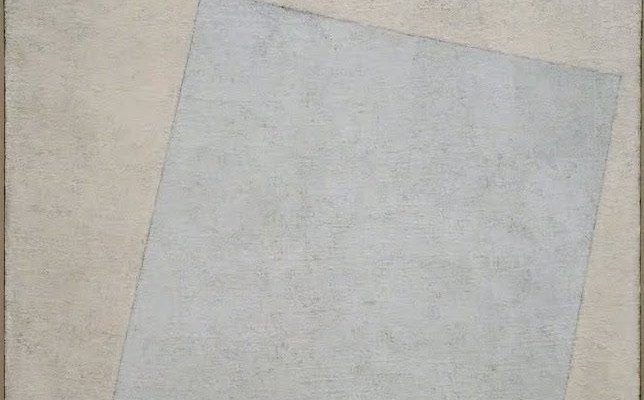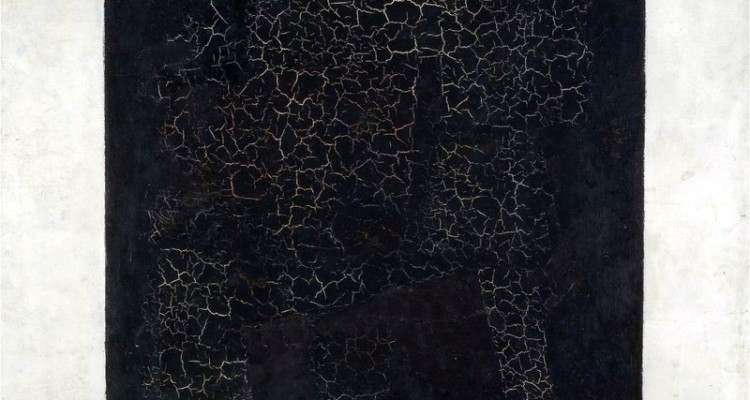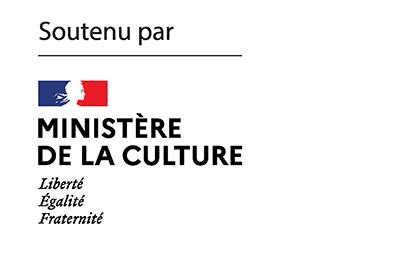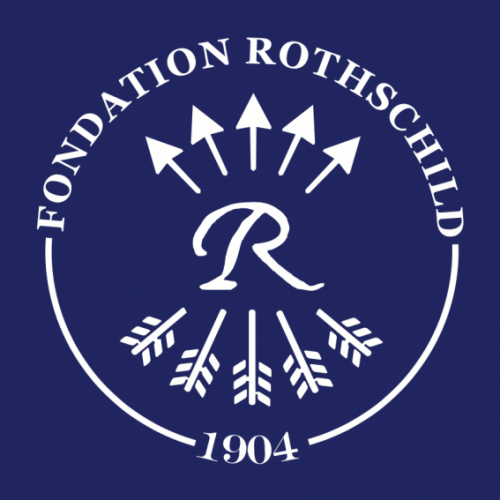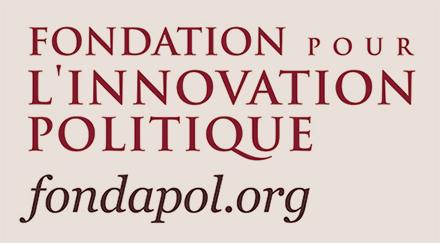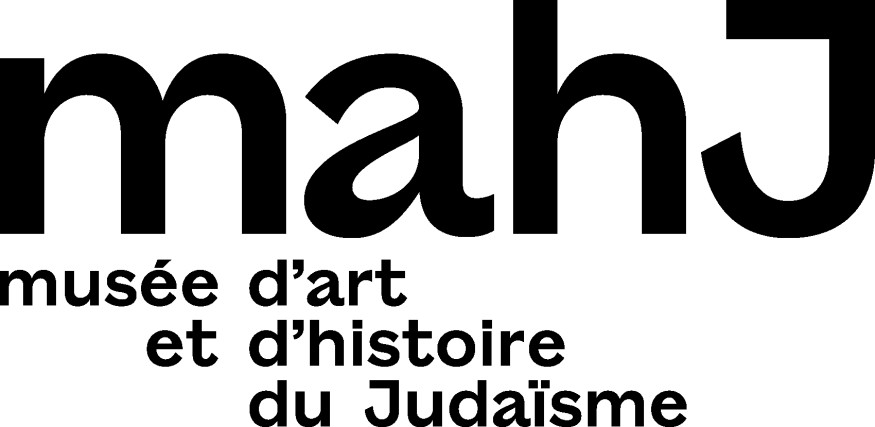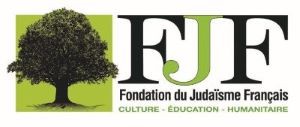This week, we are rerunning Balázs Berkovits’ two-part series on the Jews and whiteness, titled “What Color Are the Jews?” A detailed analysis of the “theory” that intends to describe Jews as “white” – or even as “super-white” – is not unhelpful at a time when a group of French members of parliament is tabling a draft resolution in the National Assembly comparing the State of Israel to South Africa’s apartheid regime. As Balázs Berkovits writes at the end of his essay for K.: “The labeling of Jews as white is essential to understanding why so much critical attention is given to Israel and Zionism today. [… Israel has become a symbol of domination and privilege, far removed from its complicated history and unique position in the Middle East. If anti-Zionism has become probably the most popular critical idiom, it is due to the perception of Jews as white colonizers. Criticism of Israel feeds on criticism of Jews as ‘white,’ and vice versa.”
Balázs Berkovits deconstructs a “simulacrum of social theory” that finds most of its developments in Critical Race Theory and Critical Whiteness Studies, disciplines increasingly popular on American campuses. A return to the roots of these theses was necessary to understand the genealogy of a discourse in which the definition of Jews as “white” is a major political and activist issue. A most absurd example of this: a leaflet circulating in an American university in 2017 which stated that “to end white privilege, we must begin by ending Jewish privilege.”
Our other summer reprint promises to be more whimsical: Danny Trom recounts his visit to the Yung Yiddish, or Mendy Cahan’s secret Yiddish library in Tel Aviv. Cahan’s Yiddish culture is one that exists outside the university and Orthodox circles. He runs a lively establishment, open to all, at once a library, a performance space, and Ali Baba’s cave.
